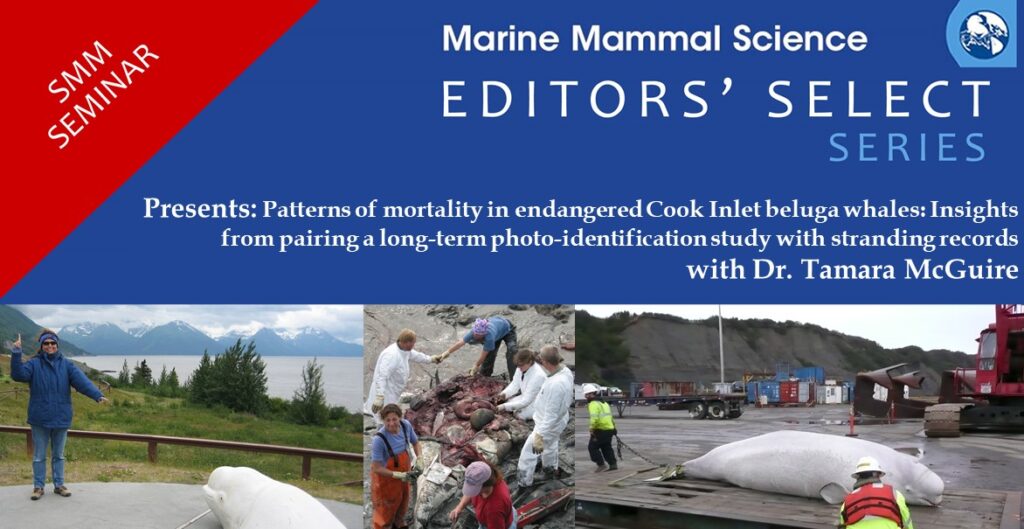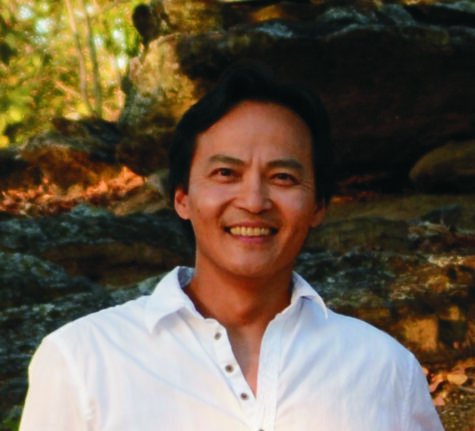The SMM Seminar Editor’s Select Series highlights the latest and most exciting marine mammal science published in the Marine Mammal Science Journal. The SMM created this series to give scientists and citizens around the world a chance to engage with marine mammal scientists, learn and ask questions. All are welcome.
Thursday, 16 December 2021 at 4 PM EDT (1 PM PDT / 9 PM UTC)
SMM Seminar Editors’ Select Series: Friends Through Thick and Thin: How Injuries Disrupt Bottlenose Dolphin Associations
About this talk:
Social connectivity is important for measuring the fitness of common bottlenose dolphins because social relationships can enhance survival, reproduction and foraging success. Human-related injuries such as boat strikes or fishing gear entanglements can potentially remove an individual from its association network and disrupt these relationships. Using data from the long-term resident dolphin community in Sarasota Bay, Florida, we investigated how these injuries affect the dolphins’ social associations by examining the differences in their social networks before and after injury. We found that while injured dolphins were found in groups of similar size to those prior to their injury, their number of preferential associations (i.e., their best friends) seemed to decline immediately after injury but were often regained within two years following injury. An individual’s strongest associations, namely those between mothers and calves and those between male alliance partners, remained stable before and after injury. Because dolphins rely on these relationships for survival, increased occurrence of injury from boating and fishing may put the animals at greater risk for long-term survival, including making them more vulnerable to predation.
About the presenter and co-authors:
Michelle Greenfield is a veterinary student at the Cornell University College of Veterinary Medicine (2023). She holds a Bachelor of Arts degree in ecology and evolutionary biology from Princeton University where she began her research with the Chicago Zoological Society’s Sarasota Dolphin Research Program. Since then, Michelle has continued her studies of marine mammals working with organizations such as Hubbs SeaWorld Research Institute and the United States Navy’s Marine Mammal Program. Her research interests focus on bottlenose dolphin social behavior and regenerative medicine in marine mammals. In addition to her research and clinical work, Michelle is the producer and host of Aquadocs Podcast, a top 50 life sciences podcast and the leading podcast on aquatic veterinary medicine (www.aquadocspodcast.com).
Missed a presentation or want to share this series with a friend? All previous Editors’ Select presentations are recorded and archived on our YouTube channel here: https://www.youtube.com/playlist?list=PLUc78IynQlubS2DVS1VZoplf_t42-yZOO

